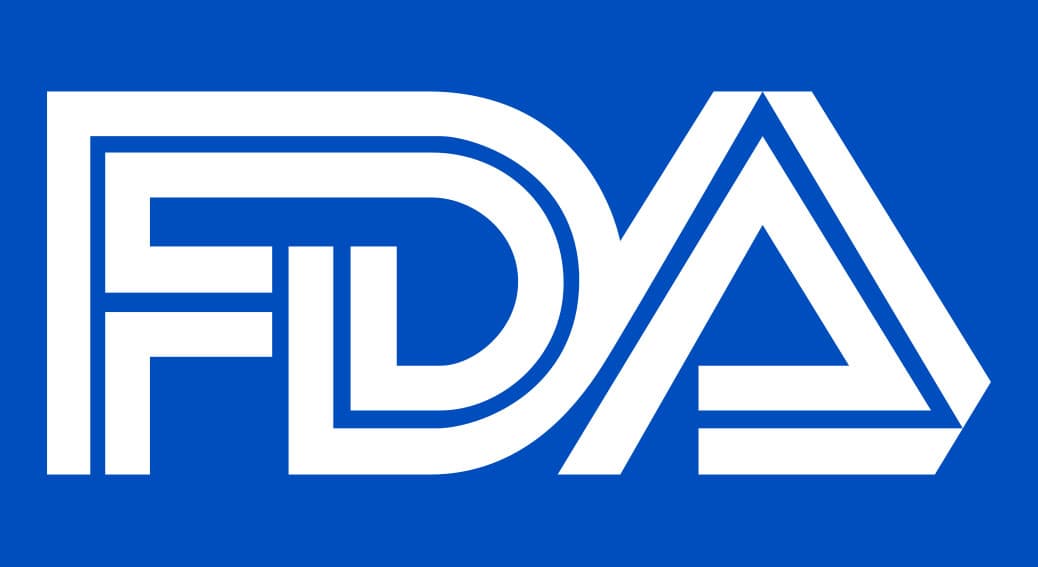The article highlights the aspects related to the key considerations for methodologies used in the context of the collection and analysis of real-world evidence.

Table of content
The Food and Drug Administration (FDA or the Agency), the US regulating authority in the sphere of healthcare products, has published a draft guidance document dedicated to the use of real-world evidence (RWE) and real-world data (RWD) in the context of marketing submissions.
Once finalized, the document will provide an overview of the applicable regulatory requirements, as well as additional clarifications and recommendations to be taken into consideration by medical device manufacturers and other parties involved to ensure compliance with it.
At the same time, it is essential to mention that provisions of the guidance are non-binding in their legal nature, nor are they intended to introduce new rules or impose new obligations.
Moreover, the authority explicitly states that an alternative approach could be applied, provided such an approach is in line with the existing legal framework. It has been agreed with the authority in advance.
First, the authority states that RWD studies can be less burdensome than traditional clinical studies.
However, the authority also emphasizes the importance of rigorous design and analysis to ensure that RWD is fit for purpose.
The FDA recognizes that not all regulatory decisions can be supported by RWE and recommends careful consideration of methodologies to enhance the interpretability of studies leveraging RWD.
Study Planning and Analysis
The FDA further emphasizes that scientifically sound planning and statistically valid analyses are crucial, regardless of whether the study uses traditional methods, solely RWD, or a hybrid design.
It is essential that any study is shaped by the specific study question and the regulatory decision it aims to inform. Additionally, detailed documentation of decisions regarding study elements such as randomization, control groups, error control, data collection, bias mitigation, and precision of outcome measures should be provided.

Unique Aspects of RWD Studies
While many data collection and analysis considerations are common to all clinical evidence generation, there are unique aspects of studies using RWD.
The provided information is intended to supplement existing FDA guidances, particularly in the context of clinical studies for medical devices. It aims to clarify the implementation of these practices when using RWD.
Methods for Study Designs Using RWD
The FDA does not prescribe a specific study design for clinical studies, whether traditional or RWD-based.
The design choice should be informed by the study question, device, outcome, key covariates, and study objectives.
Various study designs are recognized as potentially helpful in generating RWE, including single-arm studies, non-interventional studies, and randomized controlled trials.
Defining Study Design Elements
For RWD studies, defining the study design involves determining the study timeframe and data elements, followed by establishing a system for data capture.
The FDA recommends clearly defining individual data elements derived from RWD sources, ensuring they are relevant, reliable, and fit for regulatory purposes.
Data Collection in RWD Studies
In RWD studies, data collection often differs from traditional clinical studies. Data might not be collected on a set schedule and may align with clinical care.
The study’s continuity is embedded in the care process, and graphical depictions can help identify timing and potential biases in data collection.
Study Follow-Up and End Date
The follow-up in RWD studies typically runs from the index date of device use until a pre-planned follow-up time or the last time identified in the RWD source.
The study end date is determined by the last date participant follow-up could occur, with subsequent care data excluded. Changes in standard of care or other relevant factors should be considered in the study’s graphical representation.
Development of Definitions
Developing conceptual and operational definitions for study elements such as the population, device, comparator, outcome, and covariates is critical.
Abstract definitions should reflect current medical and scientific understanding, while operational definitions include time frames, specific codes, and algorithms for data element identification.
The accuracy of these definitions is vitally essential, and validation studies may be necessary.
Integration of Data Elements
Data elements should be integrated into the study design and analysis to allow practical assessment of the study question.
Variables influencing both the device and outcome (confounders) and those affected by the device (mediators) should be carefully considered. Subgroup analyses across different demographic groups are expected to account for differential effects.
Causality diagrams (e.g., directed acyclic graphs) are recommended for rationalizing design and analysis choices.
These diagrams can facilitate discussions among study teams or with the FDA, highlighting potential relationships between variables and their impact on the study outcome.
Conclusion
The present FDA guidance highlights the need for rigorous planning, design, and analysis to ensure that RWD studies are scientifically robust and yield reliable RWE suitable for regulatory decision-making.
The document covers the nuances of RWD studies, from study design to data collection and analysis, emphasizing the importance of carefully considering each aspect to achieve meaningful and interpretable results.
How Can RegDesk Help?
RegDesk is a holistic Regulatory Information Management System that provides medical device and pharma companies with regulatory intelligence for over 120 markets worldwide. It can help you prepare and publish global applications, manage standards, run change assessments, and obtain real-time alerts on regulatory changes through a centralized platform. Our clients also have access to our network of over 4000 compliance experts worldwide to obtain verification on critical questions. Global expansion has never been this simple.
Want to know more about our solutions? Speak to a RegDesk Expert today!
–>
- SEO Powered Content & PR Distribution. Get Amplified Today.
- PlatoData.Network Vertical Generative Ai. Empower Yourself. Access Here.
- PlatoAiStream. Web3 Intelligence. Knowledge Amplified. Access Here.
- PlatoESG. Carbon, CleanTech, Energy, Environment, Solar, Waste Management. Access Here.
- PlatoHealth. Biotech and Clinical Trials Intelligence. Access Here.
- Source: https://www.regdesk.co/fda-draft-guidance-on-real-world-evidence-considerations-for-collection-and-analysis/



